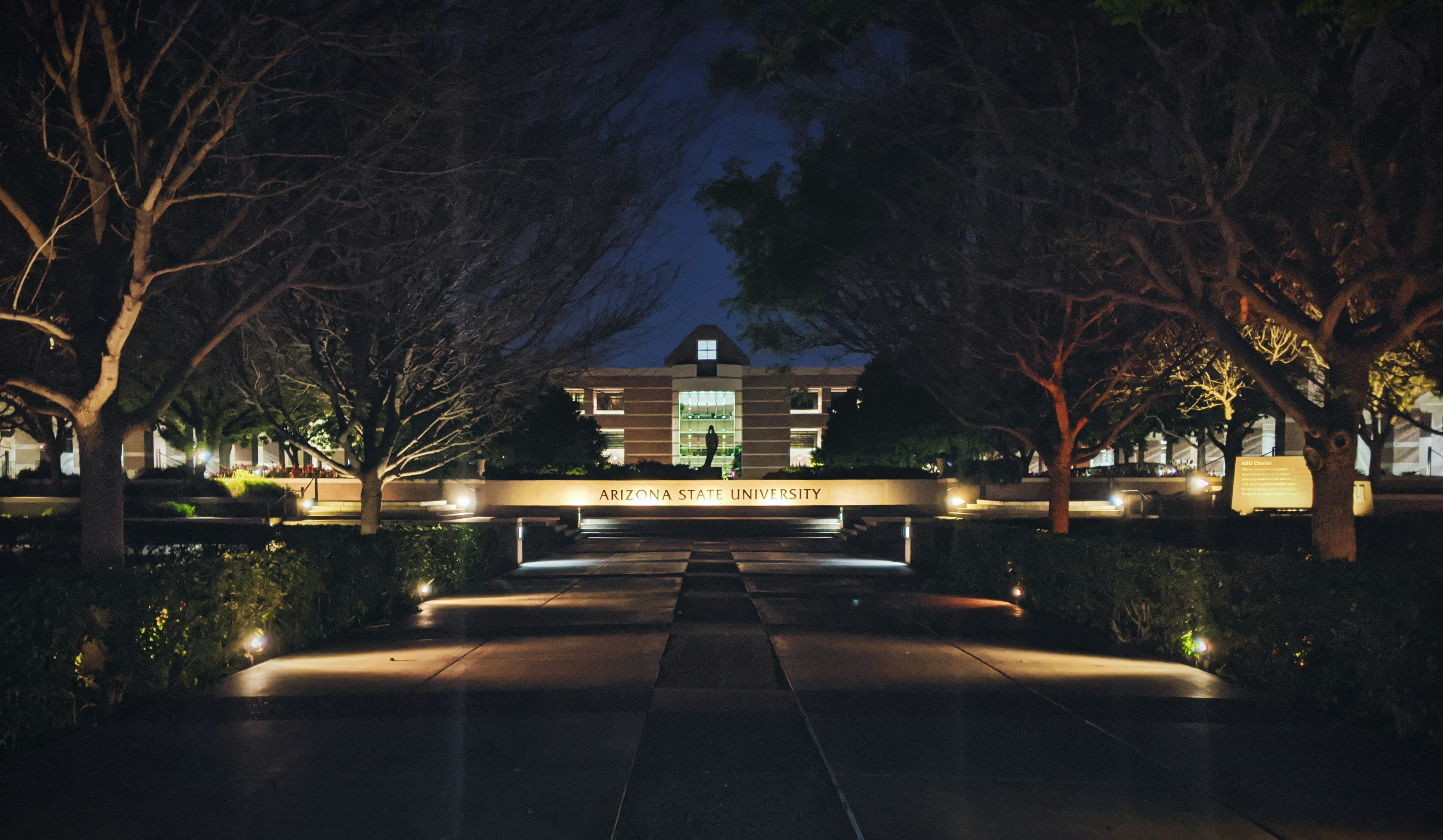
Projects
Universities

Universities
Valued as engines of social mobility, economic growth, and ‘progress’, universities have also been transformed by increased scale, internal differentiation, inequality, cost, and shifting expectations. How much they serve the public good is now questioned. Likewise, during the modern era, knowledge has been shaped by its academic organization, notably into disciplines and interdisciplinary fields.
Universities are ancient institutions. They grew under that name in medieval and early modern Europe, and under other names in Asia, the Middle East, and Africa. Disproportionately influenced by the Western model, universities are important institutions around the world. But the model is less clear than superficial use of the word may suggest:
- Universities are shaped by local, national, and civilizational contexts as well as by the global normative model
- They have undergone structural transformations with social change;
- They operate in fields of only partially similar institutions, distinguished by hierarchies and missions.
In some of the settings that have invested most in higher education, transformation is particularly deep and challenging today.
Selected Publications
- (1998) “The Changing Character of College: Institutional Transformation in American Higher Education.” In The Social Worlds of Higher Education, pp. 9–31.
- (1999) “Continuing Trends or Future Transformations.” In The Social Worlds of Higher Education, pp. 548–562.
- (2000) “The Specificity of American Higher Education,” Comparative Social Research, 19: 47–81.
- (2005) “The University and the Public Good,” Thesis Eleven, 84: 7–43.
- (2006) “Is the University in Crisis?” Society, 43(4): 8–18.
- (2009) “Academic Freedom: Public Knowledge and the Structural Transformation of the University,” Social Research, 76(2): 561–98.
- (2009) “Free Inquiry and Public Mission in the Research University,” Social Research, 76(3): 901–32.
- (2010) “The Public Mission of the Research University,” in Knowledge Matters, pp. 19–51.
- (2012) “Libyan Money, Academic Missions, and Public Social Science,” Public Culture, 21(1): 9–45.
- (2014) “The Robbins Report and British Higher Education Past and Future,” in The Robbins Report: Fifty Years After, pp. 65–86.
Works in Progress
Structural Transformations of the University
Universities have grown from institutions for the education of a relatively narrow elite to central components of broader structures of inequality, key sources of knowledge for modern societies, and crucial contributors to the public good.
At the same time, transformations of scale, funding, relations to states, and competition within the fields of higher education and knowledge production are reshaping universities – and the overall ecology of higher education and knowledge enterprises. Universities narrate changes as “innovation,” but they are less voluntary than this implies, and often have deeper implications for academic missions and the public good.